Ground Clove: 7 Spicy Secrets That Will Blow Your Mind (And Kitchen!)
You might think ground clove is just that dusty jar in the back of your spice rack, but oh, how wrong you’d be! This tiny powerhouse has been rocking kitchens and apothecaries for centuries — from curing toothaches to turning basic stews into aromatic wonders. Today, we’re unlocking the magic behind ground clove with a dash of humor, a sprinkle of science, and a whole lotta flavor.
Table of Contents
- What Exactly Is Ground Clove?
- Flavor Profile & Common Uses
- Health Benefits You Should Know
- 5 Game-Changing Tips for Using Ground Clove
- How to Store Ground Clove Like a Pro
- When You Don’t Have Ground Clove: Substitution Tricks
- Fun Clove Trivia (You’ll Actually Want to Read)
- Final Thoughts
What Exactly Is Ground Clove?
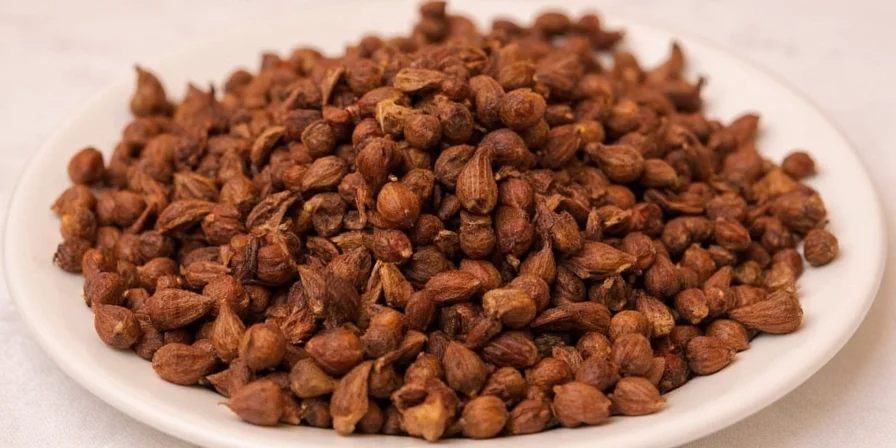
Cloves are the dried flower buds of the Syzygium aromaticum tree — yes, really! Once harvested, they can be left whole or ground into the fragrant powder known as ground clove. Unlike its whole-form sibling, ground clove disperses more evenly throughout dishes and dissolves faster, making it ideal for baked goods, marinades, and spice blends.
Quick Comparison: Whole Cloves vs Ground Clove
| Feature | Whole Cloves | Ground Clove |
|---|---|---|
| Flavor Release | Slow and Intense | Faster and More Even |
| Best For | Stews, Roasts, Infusions | Baking, Spice Blends, Rubs |
| Shelf Life | Up to 4 years | Up to 2-3 years |
Flavor Profile & Common Uses
If flavor had a personality, ground clove would be that bold friend who walks into a room and immediately makes everything smell amazing. Its flavor is:
- Warm
- Sweet
- Spicy
- Almost medicinal in the best possible way
This complexity makes it perfect for both sweet and savory dishes around the globe. Let’s take a peek at where you’ll commonly find this little firecracker:
Dishes Featuring Ground Clove
- Pumpkin Pie (USA): No pumpkin spice without the clove!
- Garam Masala (India): Adds depth to this classic blend.
- Mulligatawny Soup (British/Indian fusion): A warm hug in a bowl.
- Ossobuco alla Milanese (Italy): Surprise ingredient in some slow-cooked meat dishes.
- Lunar New Year Braised Dishes (China): Often paired with star anise and cinnamon.
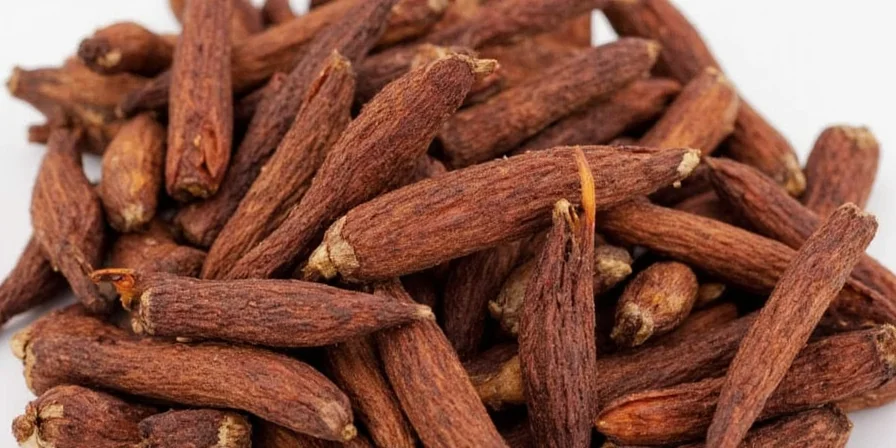
Health Benefits You Should Know
Eating clove isn’t just about flavor — it might also help keep your doctor away. Here’s what the science says:
Top Health Benefits of Ground Clove
- Eugenol Power: Natural compound with anti-inflammatory and antiseptic properties.
- Dental Aid: Used in dentistry as a natural painkiller for toothaches.
- Antioxidant Champion: High in antioxidants — may help fight oxidative stress.
- Digestive Support: Historically used to soothe digestive issues.
- Bacteria Bouncer: May inhibit growth of certain bacteria like E. coli.
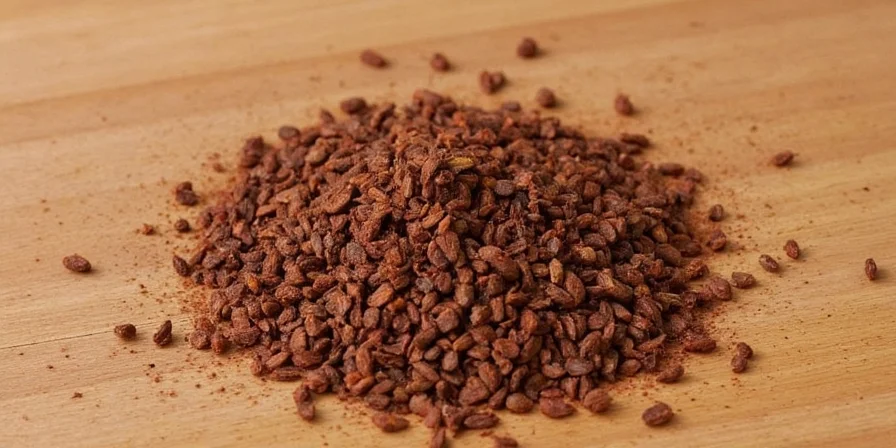
5 Game-Changing Tips for Using Ground Clove
Ready to level up your clove game? These pro tips will make your kitchen smell like heaven — and taste even better.
- Use Sparingly: It’s easy to go overboard. Start with ⅛ tsp and adjust gradually. Trust us, nobody wants their chili to taste like grandma’s medicine cabinet.
- Toast First: Lightly toast ground clove before use to unlock deeper aroma. Just don’t burn it unless you want your dish smelling like a campfire disaster.
- Pair with Sweetness: Cakes, pies, cookies — ground clove loves sugar. Especially good in apple pies or gingerbread.
- Add Early in Cooking: Since it’s already ground, it releases flavors faster than whole cloves. Add early in the cooking process to allow flavors to meld.
- Go Global: Try adding a pinch to mole sauces, biryanis, mulled wine, or even barbecue rubs. The world is your clove oyster!
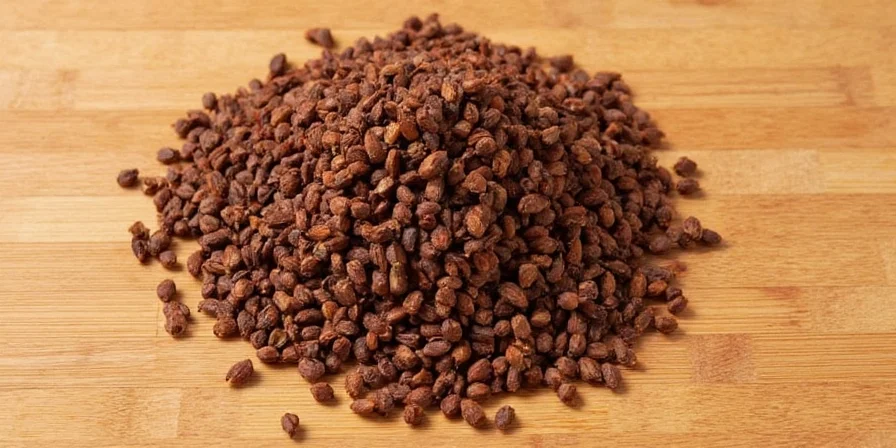
How to Store Ground Clove Like a Pro
Once you’ve fallen head-over-heels for ground clove, you’ll want to keep it tasting fresh. Here’s how:
- Airtight Container: Keep it sealed tight — oxygen is flavor’s enemy.
- Cool, Dark Place: Heat and light = flavor killer. Cupboards are your best friend.
- Label & Date: Helps you track freshness. Aim to replace every 2–3 years.
- No Refrigeration Needed: Moisture is not welcome here. Unless you want clumps, which you don’t.

When You Don’t Have Ground Clove: Substitution Tricks
We’ve all been there: recipe in hand, no clove. Fear not — here are some worthy stand-ins:
| Substitute | Quantity | Notes |
|---|---|---|
| Allspice | 1:1 | Closest match in flavor profile |
| Nutmeg | ½ amount | Sweeter and less intense |
| Cinnamon | 1:1 | Less spicy, more earthy |
| Five-Spice Powder | ¾ amount | Complex blend, so adjust carefully |
Fun Clove Trivia (You’ll Actually Want to Read)
You didn’t sign up for a history lesson, but these tidbits are too good to skip:
- In ancient China, officials would chew cloves before speaking to the emperor — because nobody wants smelly breath in front of royalty.
- Cloves were once so valuable, they were called “Black Gold” during the Age of Exploration.
- The oil from cloves was historically used as an insect repellent and preservative.
- Cloves are one of the few spices that grow directly on trees — no dirt required (unless you count bark).
- The island of Zanzibar produces nearly 90% of the world’s cloves. That’s a lot of spice power in one place!
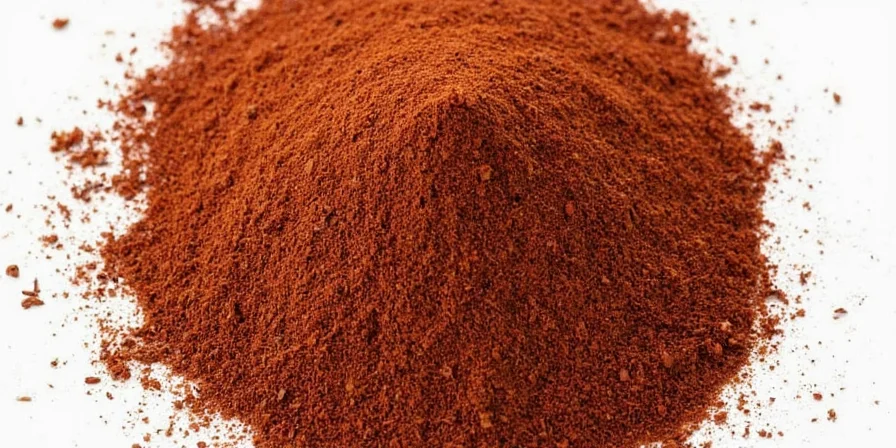
Final Thoughts
Ground clove might be small in size, but it’s huge in impact. Whether you're baking your grandma’s famous holiday cake or simmering a rich Moroccan tagine, this spice brings warmth, depth, and a touch of history to every bite. So next time you reach for that bottle in the back of your spice rack, give it a little nod of respect — it’s earned it.
Got a clove-loving recipe you swear by? Share it in the comments below! And if you found this guide helpful, why not pin it for later or drop a ⭐️⭐️⭐️⭐️⭐️ rating? Because let’s face it — life’s better with a little more clove in it.

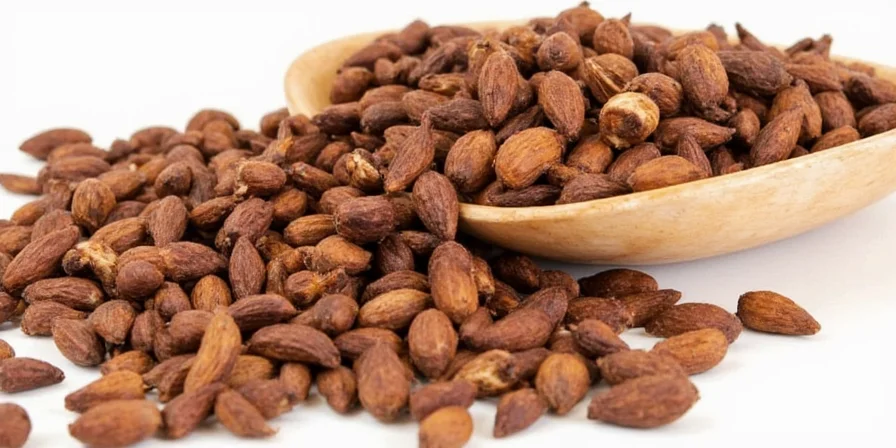









 浙公网安备
33010002000092号
浙公网安备
33010002000092号 浙B2-20120091-4
浙B2-20120091-4